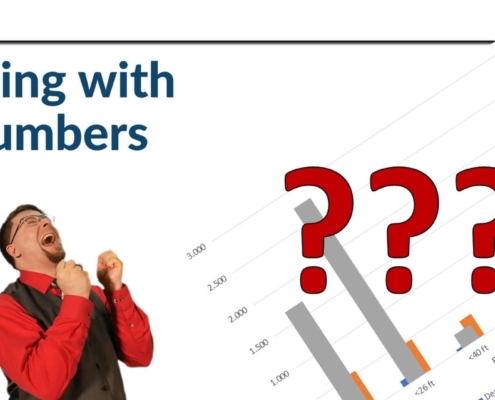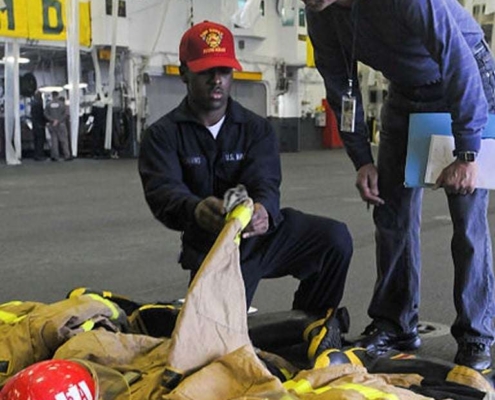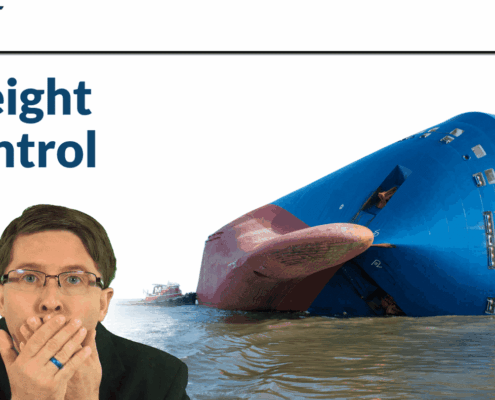Now that we know the cost of disaster, what are the odds? This can be the hardest question to answer. We frequently pay hundreds of dollars for accurate data sets. I was not willing to pay that for a free article; so I limited my research to free resources.
One great resource was the USCG annual boating safety report. [3] This gave data on the total number of deaths and injuries, grouped by boat type. (Figure 4‑1) But what do we compare these accidents against to get a probability? Common options would be number of boats, total people on the water, or total time spent on the water. Makes sense, the more time you spend on the water, the more chances you have to get in an accident. But I’m presenting this from the perspective of a boat manufacturer. The manufacturer only controls the boat. Once we sell the boat, we don’t have any control over where the boat gets used, how often, or who uses it. So I’m normalizing all accidents by the number of boats in that category. This compares accidents against the one thing a manufacturer can control: the boat.
Great. Now by comparing the number of boating accidents against total number of boats, we have the probability of an accident for each boat category. (Table 4‑1 and Table 4‑2) But that doesn’t tell the whole story. This probability includes all the boats currently on the market. If a boating accident occurs, we also need the chances that the accident applies to one of the new boats that we just added. This is called the conditional probability: the combined chances of two bad things happening together. (Table 4‑2)
This gives a very low conditional probability, with odds in the range of 1:40,000, which is pretty good. Not as safe as a nuclear reactor, but still fairly safe. Thanks to the USCG data, we know the average number of deaths and injuries per boating accident. Multiply that cost by the probability of failure, and we have the average risk.
















